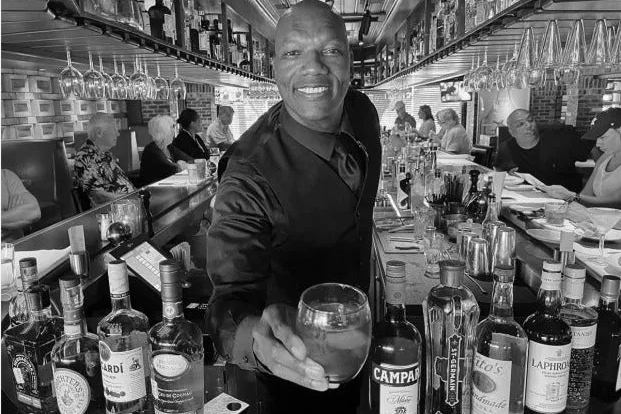Forward-thinking companies — like those I've been fortunate enough to work with — invest time and resources in eliminating systemic racism in the workplace. They also provide a solid foundation to ensure thoughtful conversations begin with mutual understanding.
As I participate in our Diversity and Inclusion (D&I) polling at Intuit, I provide feedback on the foundational language used in our polls and surveys to ensure we don't skirt around the issue and start having crucial, difficult conversations. Words matter greatly in potentially uncomfortable conversations, so grounding ourselves with a clear understanding of the terminology used in D&I programming is critical.
Here's my take on defining the terms you take into your own D&I conversations. It's also a list of topics that you should absolutely be covering as part of your D&I work.
"Diversity" is the active presence of individuals with varying backgrounds and/or identities. Includes all the ways individuals or groups can differ from one another. Active is an often missing piece that calls out the need for underrepresented voices to be called on for input or to provide it proactively.
"BIPOC" is the acronym that stands for black, Indigenous, and People of Color. It is an increasingly accepted term to describe the historically underrepresented groups of people in the United States.
"Equity" refers to the fair and just treatment of all people, acknowledging that individuals need different resources to succeed due to systematic differences in access to opportunity. Includes the design and execution of fair policies, systems, and structures.
"Inclusion" is the practice of creating an environment where all individuals are welcomed, respected, supported, and hold real power to lead and succeed.
"White supremacy" is a term used to characterize various belief systems central to which are one or more of the following key tenets: 1) white people should have dominance over people of other backgrounds, especially where they may co-exist; 2) white people should live by themselves in a whites-only society; 3) white people have their own "culture" that is superior to other cultures; 4) white people are genetically superior to other people.
"Anti-racism" is a practice that people and institutions must continue to employ, moment by moment, to fight against the system of racism. The anti-racist policy creates systems that center the lived experiences of Black, Indigenous, and People of Color, produce targeted strategies that account for the disparate harm caused to these communities, and, in the end, improve outcomes for all.
"Patriarchy" refers to a general social structure in which men hold power over women. A patriarchal society is characterized by a male-dominated power structure that pervades organized society and individual relationships.
"Feminism" is a social and political movement. Feminism is the advocacy of women's rights based on the equality of the sexes; it's the theory of the political, economic, and social equality of the sexes; it's the belief that men and women should have equal rights and opportunities; and it is the doctrine advocating social, political, and all other rights of women equal to those of men.









